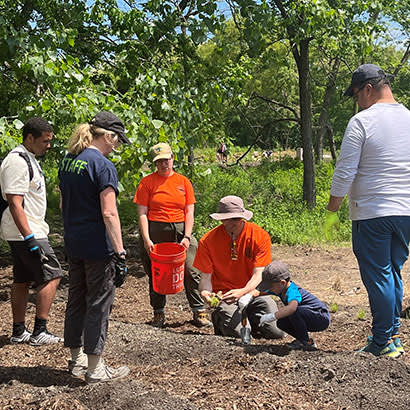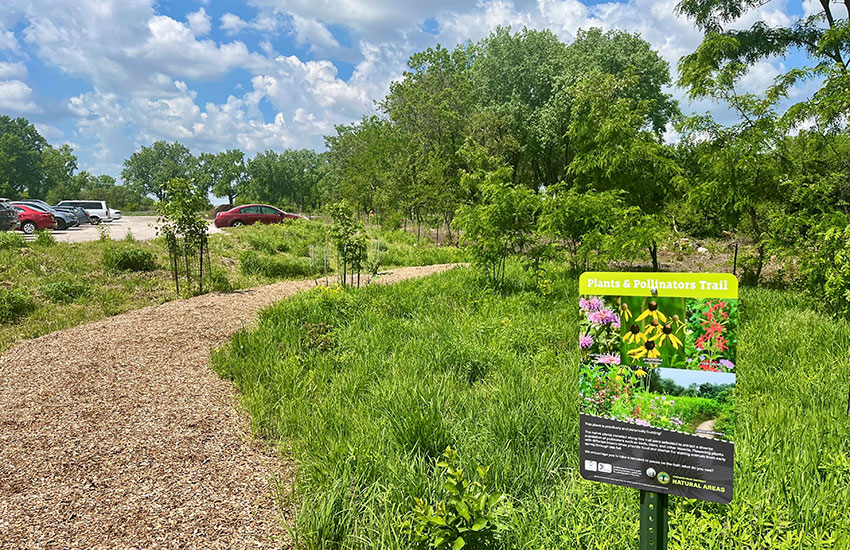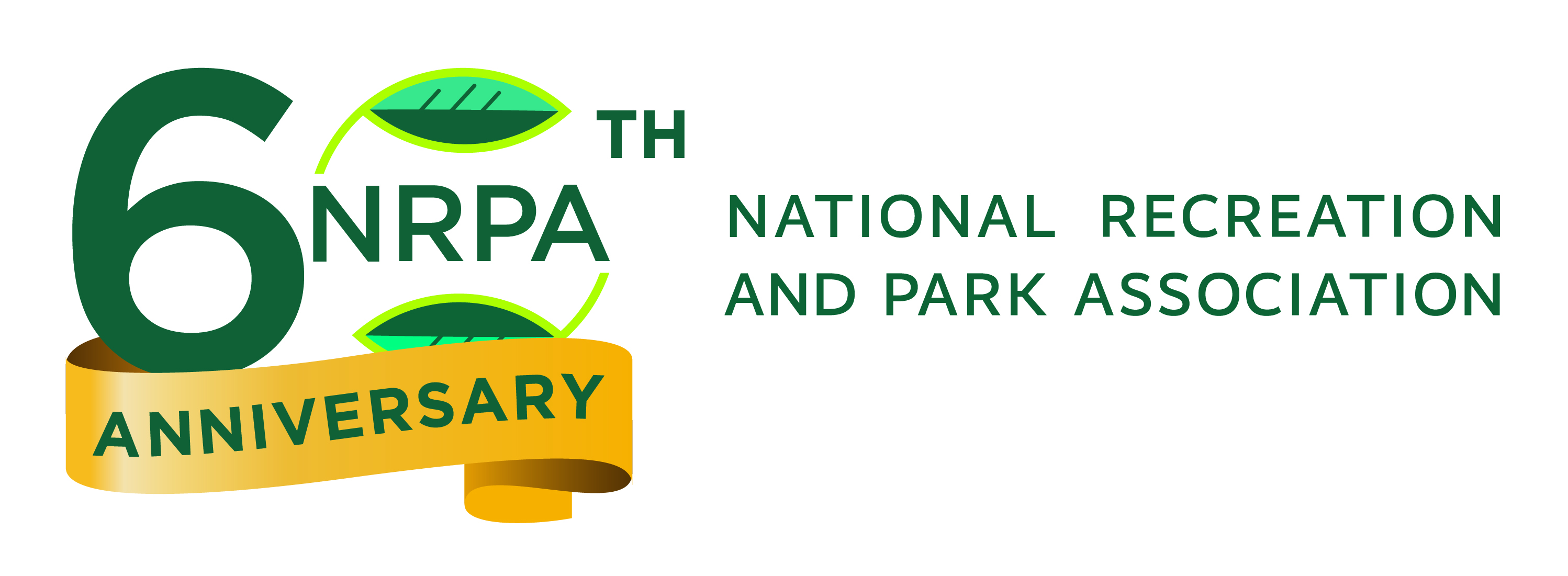
Pictured: Volunteers help install native plants at Big Marsh Park during the Plants & Pollinators Celebration. Photo Credit: Chicago Park District.
Tucked away on Chicago’s Southeast Side, surrounded by a patchwork of highways, railroads and remnants of heavy industry, lies a remarkable natural haven: Big Marsh Park.
Since acquiring the property in 2011, the Chicago Park District has been transforming this once-neglected dumping ground and former landfill into a vibrant community asset. The legacy of this parkland, and the fact that it has remained as open space for public benefit, ties back to the fight for environmental justice in Chicago, led by Ms. Hazel Johnson and other advocates in the 1980s. This prevented the expansion of landfills and other polluting industries within city limits after decades of disproportionate negative impacts to a number of Southeast Side communities.
Today, Big Marsh Park, a 300-acre green space that includes a 40-acre bike park surrounded by native prairie, woodland and wetland habitats, is managed as a natural area. As the largest natural area in the Chicago Park District system — free and open to the public year-round — Big Marsh Park is a place where programming, education and navigability play key roles in helping visitors feel comfortable exploring the landscape.
The idea of creating a short interpretive nature trail near the park’s entrance as a way of introducing people to the site was something the Chicago Park District had been pondering, and an NRPA Danaher Biodiversity grant helped make that a reality. As part of the Southeast Side Plants & Pollinators Program, which this grant supported, a mulched pathway and a variety of native plants were installed just behind the main parking lot, establishing a logical entry point to the larger natural area.
This trail meanders through a mosaic of shrubs, trees, grasses and flowering plants that were carefully selected to provide food and shelter across the seasons for important local pollinators like bees, butterflies and hummingbirds. Colorful interpretive signs explaining the critical connections between those plants and the wide range of pollinators that call Chicago home are dotted along both sides of the trail. On the Plants & Pollinators Trail, there is almost always something in bloom and something buzzing.

While the trail and native habitat were being established, staff with the Chicago Park District’s Outdoor and Environmental Education program were developing the Plants & Pollinators field trip-based curriculum for public schools in the area. The lessons they crafted focus on what it means to be a pollinator in the wild. And the response from local students and teachers? Un-bee-lievable!
In the fall of 2023 and spring of 2024, educators at the Ford Calumet Environmental Center at Big Marsh Park welcomed 350 students from eight different schools through Plants & Pollinators field trips, totaling over 2,100 hours of hands-on learning. Kids went on guided nature walks, built bee hives in relay races and designed original flowers to “pollinate” using Q-tips. Some of the best student comments were, “Today was the best day!” and “Bees are cool!” This was gratifying feedback indeed.
The Park District also hosted a special teacher workshop, where public school educators learned about Big Marsh Park’s rich history and tried out the field trip activities themselves. The participating teachers were guided through the trailside interpretive signs and given related take-home worksheets. These tools allow for continued learning outside of the field trip venue.
To wrap up the grant-supported project, the Park District hosted a Plants & Pollinators Celebration at Big Marsh Park in May 2024. The day involved planting native species, walking the new trail and learning from the new signage. Families made seed balls, built insect hotels and even got their faces painted with nature-themed designs. In many ways, this event was more than just a park program — it was a celebration of growth, learning and community connection.
Almost two years after receiving the NRPA Danaher Biodiversity grant, the Chicago Park District has seen real, lasting change at Big Marsh Park. What was once an overlooked site now welcomes thousands through a new, interactive experience. Over 4,000 students and visitors have had the opportunity to learn about native plants and pollinators through the lessons and materials created for this project, and an important new park space designed to educate, inspire and thrive has been established.
Jamie Herget is a Senior Program Specialist, Outdoor and Environmental Education, Department of Cultural & Natural Resources, Chicago Park District.
Naureen Rana is a Senior Project Manager, Natural Areas, Department of Cultural & Natural Resources, Chicago Park District.


